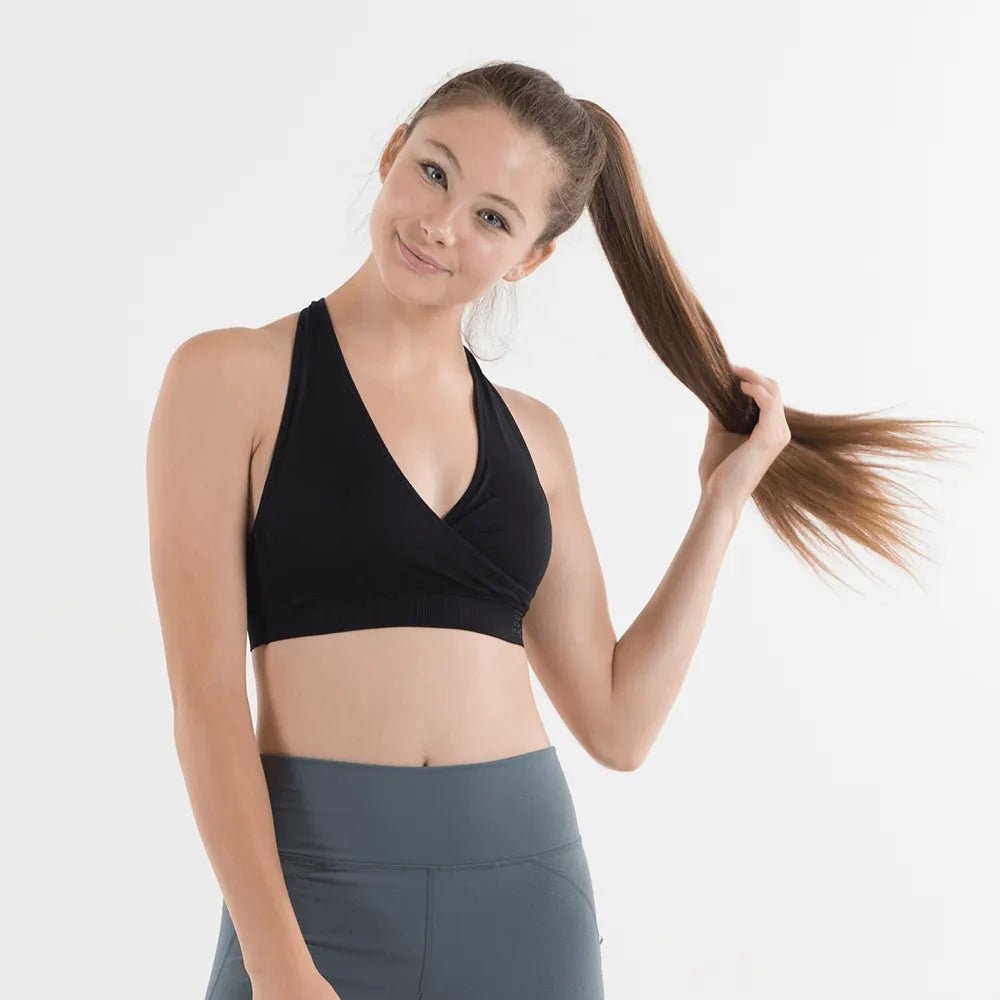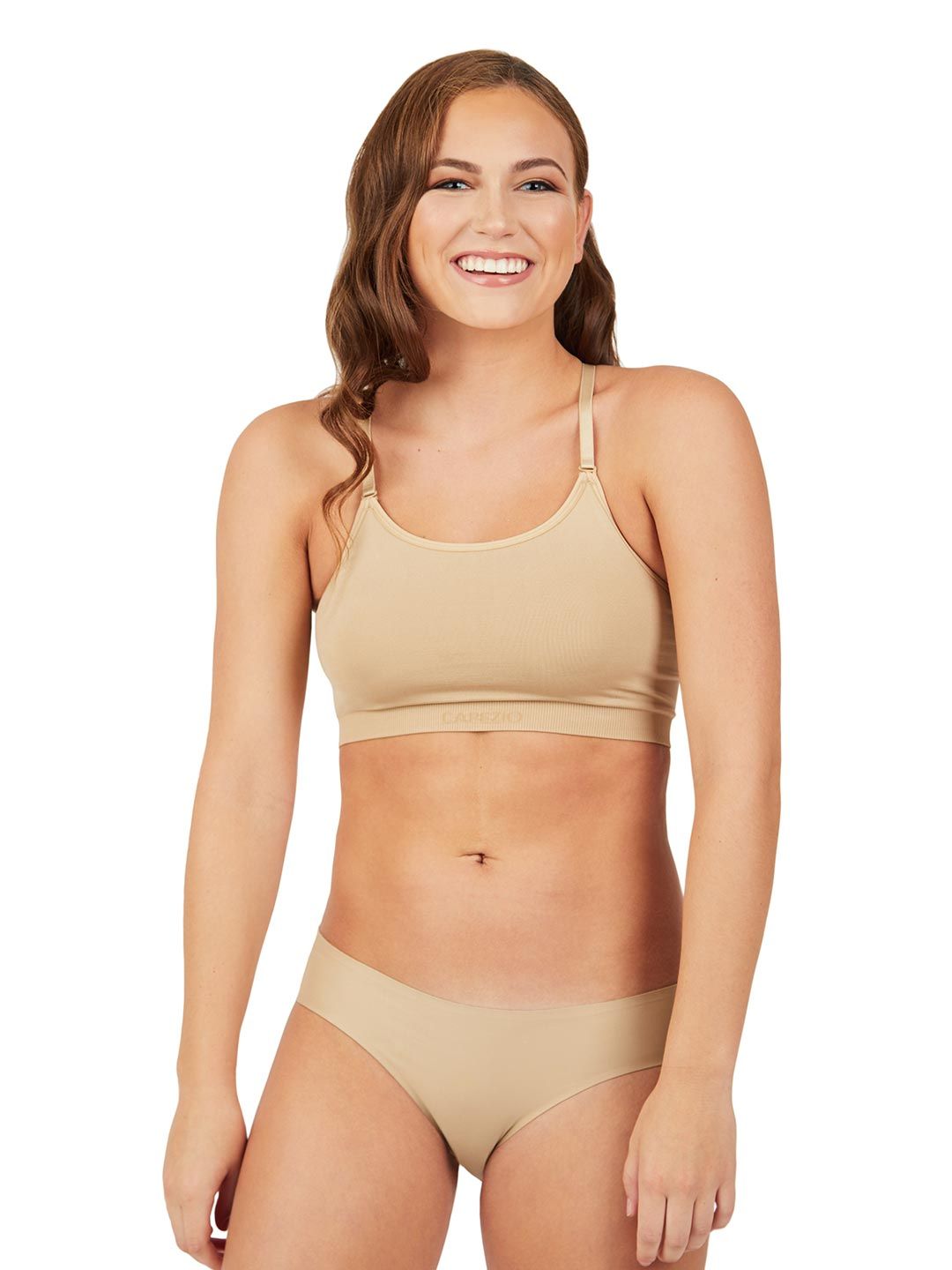Finding the Perfect First Bra: A Guide for Tweens and Their Parents
This moment arrives quietly, a subtle shift from childhood into something new. It’s not about fashion or trends; it’s about responding to a body’s natural changes with support and respect. The search for the right bras for tweens is a journey of practicality and emotional reassurance, a step towards self-care that parents can guide with sensitivity. This guide moves beyond the awkwardness to focus on fit, fabric, and feeling, providing the knowledge to make this transition a confident one. We will navigate the measurements, the styles, and the questions, turning a potentially confusing experience into an empowering milestone.
Understanding the “Why”: The Science of Development
The decision to look for bras for tweens is rooted in biology. The onset of puberty, typically between the ages of 8 and 13 for girls, triggers the release of hormones like estrogen. This hormonal surge leads to thelarche, the beginning of breast development, which is the first sign of puberty in approximately 80% of girls, according to research from institutions like the Boston Children’s Hospital. This development isn’t instantaneous; it’s a process classified by the Tanner stages, a scale used by medical professionals to track physical maturation. During the initial stages, breast buds form, which can be tender or sensitive. This tenderness is one of the primary reasons a first bra becomes necessary—not for support in the traditional sense, but for protection from friction against clothing and for providing a gentle layer of comfort. The American Academy of Pediatrics emphasizes that this physical change is a normal part of growth, and addressing it with appropriate garments helps normalize the experience for the young person. It’s less about creating a shape and more about offering a soft barrier that acknowledges and accommodates this new development. The psychological aspect is equally critical. A well-fitting, comfortable first bra can bolster a tween’s confidence as she navigates the self-consciousness that often accompanies these changes. It’s a tangible item that says, “This change is normal, and you are prepared for it.”

The Essential First Step: Accurate Measurement
Perhaps the most common mistake in selecting bras for tweens is guessing the size. A bra that is too tight can cause discomfort and indentations, while one that is too loose offers no benefit and can be distracting. The process of measurement is simple, non-invasive, and can be done at home with a soft measuring tape. It requires two numbers: the band size and the bust size. The band size is measured snugly around the ribcage, directly under the bust. This number, in inches, is the foundation of the fit. The bust size is measured around the fullest part of the chest, keeping the tape level and not overly tight. The difference between the bust measurement and the band measurement determines the cup size. For a first bra, the difference is often minimal—perhaps an inch or two—which typically corresponds to an AA or A cup. It is vital to remember that bra sizing is not static. Tweens are growing, and their size can change frequently. Re-measuring every six months is a good practice. As noted on platforms like Quora by certified fitters, the goal is to find a bra where the band provides the majority of the support (it should be snug and level around the body) and the cups contain the breast tissue without gaping or spillage. This objective approach removes the emotion and guesswork, turning it into a simple problem of arithmetic and fit.
Navigating Styles: Training Bras, Sports Bras, and Beyond
The world of bras for tweens offers several starter options, each serving a distinct purpose. The most common starting point is the training bra. These are not about “training” the breasts, but rather about acclimating the wearer to the feeling of a bra. They are typically soft, wireless, and often made from stretchy cotton or modal blends. They resemble crop tops or camisoles and provide light coverage and protection. Brands like Adira offer packs of these, which are practical for a growing wardrobe. Another excellent option is the seamless bra, which, as the name implies, has no seams that might show under tight-fitting t-shirts. Companies like Capezio design these for dancers, meaning they are built for comfort and discretion during movement. For the active tween, a sports bra is an indispensable item. It’s designed to minimize movement during physical activity, which is crucial for comfort and preventing strain on developing breast tissue. A good first sports bra might be a compression style, which holds the breasts flat against the chest. The key is to look for soft, wide straps and breathable fabric. The choice between these styles depends entirely on the individual’s needs and daily activities. There is no single “right” first bra; it’s about finding the right bra for today.
)
Fabric and Feel: The Importance of Comfort
When skin is newly sensitive, the material of a garment becomes paramount. The ideal bras for tweens prioritize natural, breathable fibers. Cotton is a superstar in this category. It is hypoallergenic, soft, and absorbs moisture, keeping the skin dry and reducing the risk of irritation. Modal, a fabric made from beech tree pulp, is another excellent choice as it is even softer than cotton and highly breathable. Blends that include a small amount of spandex or Lycra provide the necessary stretch for comfort and movement without sacrificing the benefits of natural fibers. It is wise to avoid synthetic fabrics like polyester for everyday wear, as they can trap heat and moisture. The construction details are just as important as the fabric. Look for bras with soft, wide straps that won’t dig into shoulders. Flat, non-scratchy labels or tagless designs prevent irritation on the back. Seamless construction eliminates chafing points. As many parents attest in online forums, a bra that a tween forgets she is wearing is the bra that will actually be worn. Comfort is not a luxury; it is the primary function of a first bra. This focus on tactile comfort reinforces the positive association with this new stage of life.
Addressing Concerns and Building Confidence
The conversation around first bras isn’t solely physical; it’s deeply emotional. A tween may feel shy, embarrassed, or confused. Parents can frame this not as a looming adulthood, but as a practical step in growing up, similar to getting new shoes when your old ones are too small. The language used is critical. Instead of “You need a bra,” try “I noticed your body is changing, and there are some comfortable undershirts called training bras that might feel nice under your clothes.” This approach is collaborative, not directive. It’s also an opportunity to discuss body positivity. Influencers on YouTube and Twitter who focus on tween and teen issues often stress the importance of explaining that bodies come in all shapes and sizes, and development happens at different paces for everyone. There is no “normal” timeline. The goal of bras for tweens is to support the body she has now, not to create a shape for the body she might have later. This perspective helps alleviate anxiety about not developing “fast enough” or developing “too fast.” It makes the bra a tool for her comfort and confidence, on her terms.

A Practical Shopping Guide
Armed with knowledge, the actual shopping trip can be smooth. Many tweens prefer to start by looking online, where they can browse styles privately. Websites often have detailed size guides and customer reviews that can be incredibly helpful. When shopping in stores, going during a less busy time can reduce feelings of being watched or rushed. The fitting room is a private space to assess fit. A well-fitting bra will have a band that is snug on the loosest hook (allowing room to tighten as the elastic stretches over time), straps that stay in place without digging, and cups that lie flat with no gaping. It can be useful to have the tween move around—raise her arms, bend over—to ensure the bra stays in place. As a famous stylist once said in a magazine interview,
“The right foundation garment shouldn’t be felt; it should simply do its job unnoticed.”
This is the ultimate goal. Furthermore, many specialty stores and online retailers now offer beginner kits or packs, which provide excellent value. For instance, finding a two-pack of training bras from a trusted brand at a discounted price makes the process economically sensible for something that will likely need replacing in a few months.

The journey to find the perfect first bra is a partnership. It blends the practical science of measurement and materials with the emotional intelligence of support and understanding. This isn’t about reaching a final destination of a perfectly sized wardrobe, but about embarking on a path of body awareness and self-care. The right bras for tweens provide a foundation of comfort that allows a young person to move through her world with one less worry, embracing change with confidence and grace. It’s a small garment that carries significant meaning—a signal of care for the evolving self.






